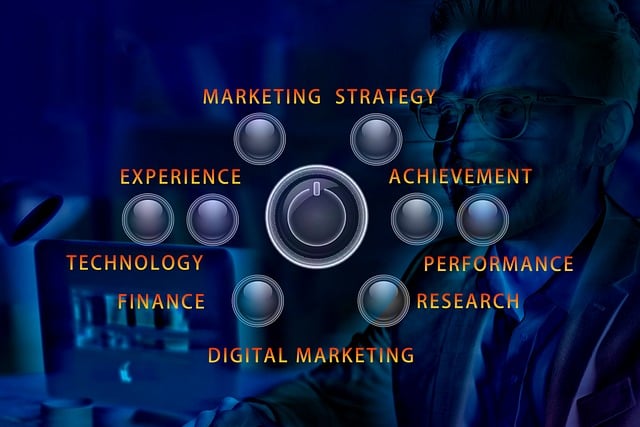In commercial real estate, Artificial Intelligence (AI) has become integral to modern building management, enhancing efficiency, reducing costs, and boosting tenant satisfaction through AI stakeholder communication bots. These digital assistants streamline interactions, predict needs, and optimize operations, fostering smarter environments. Implementing smart building systems brings advantages like improved efficiency and tenant satisfaction, but challenges such as legacy system compatibility, data privacy, and consistent user experiences require careful planning. Effective use of AI bots demands robust training data for continuous improvement.
“The convergence of artificial intelligence (AI) and commercial real estate (CRE) is birthing a new era in smart building system integration. This article delves into the transformative potential of AI, specifically focusing on its role in enhancing stakeholder communication through intelligent bots. We explore how these bots facilitate seamless interaction, optimize operations, and drive value in CRE environments. By understanding the benefits and challenges associated with implementing smart building systems, stakeholders can navigate the path towards a more efficient and connected future.”
- Understanding AI Integration in Commercial Real Estate
- The Role of AI Stakeholder Communication Bots
- Benefits and Challenges of Smart Building System Implementation
Understanding AI Integration in Commercial Real Estate

In the realm of commercial real estate, Artificial Intelligence (AI) is no longer a futuristic concept but an integral part of modern building management. AI integration promises to revolutionize how properties are operated and maintained, enhancing efficiency, cost savings, and tenant satisfaction. One of the most impactful applications is through AI stakeholder communication bots, which act as digital assistants, providing instant and personalized responses to tenants’ queries, from basic maintenance requests to complex service issues.
This technology streamlines communication, ensuring that all stakeholders—from property managers to tenants and service providers—are on the same page. By leveraging machine learning algorithms, these AI bots can anticipate needs, predict potential issues, and optimize building operations, ultimately creating smarter, more responsive, and efficient commercial real estate environments.
The Role of AI Stakeholder Communication Bots

In the realm of commercial real estate, efficient and effective stakeholder communication is paramount for the success of any smart building project. Artificial Intelligence (AI) stakeholder communication bots are revolutionizing this process by streamlining interactions and enhancing collaboration. These AI-driven tools can handle a multitude of tasks, from answering basic queries to managing complex schedules and facilitating seamless data exchange.
By integrating AI stakeholder communication bots into their workflows, developers, tenants, and property managers can enjoy improved transparency, faster response times, and reduced administrative burdens. The bots serve as a central hub for all communication needs, ensuring that everyone involved has access to the latest information, project updates, and relevant documents. This fosters better decision-making, enhances overall efficiency, and ultimately contributes to the success of smart building initiatives in commercial real estate.
Benefits and Challenges of Smart Building System Implementation

Implementing smart building systems in commercial real estate offers a multitude of benefits, enhancing efficiency and improving tenant experiences. These technologies integrate various components like AI-driven stakeholder communication bots to streamline management tasks, from answering tenant queries to facilitating maintenance requests. Such systems can optimize energy usage through automated controls, reducing operational costs and environmental impact.
However, challenges arise during integration, requiring careful planning. Compatibility issues between legacy systems and new smart building technologies can complicate implementation. Data privacy and security are paramount concerns, as these systems collect vast amounts of sensitive information. Additionally, ensuring consistent user experience across multiple platforms and devices is crucial for adoption. AI stakeholder communication bots, while innovative, necessitate robust training data to avoid miscommunication or inaccurate responses, highlighting the need for comprehensive testing and continuous improvement.
The integration of AI into commercial real estate through smart building systems offers significant potential for enhancing property management, improving tenant experiences, and optimizing operational efficiency. As discussed, AI stakeholder communication bots play a pivotal role in streamlining communications between tenants, property managers, and service providers. While implementation comes with benefits like cost savings, improved safety, and enhanced sustainability, it also presents challenges such as data privacy concerns, high initial investment, and the need for specialized skills. Addressing these challenges through robust policies and strategic planning will be crucial to unlocking the full potential of AI in shaping the future of commercial real estate.
